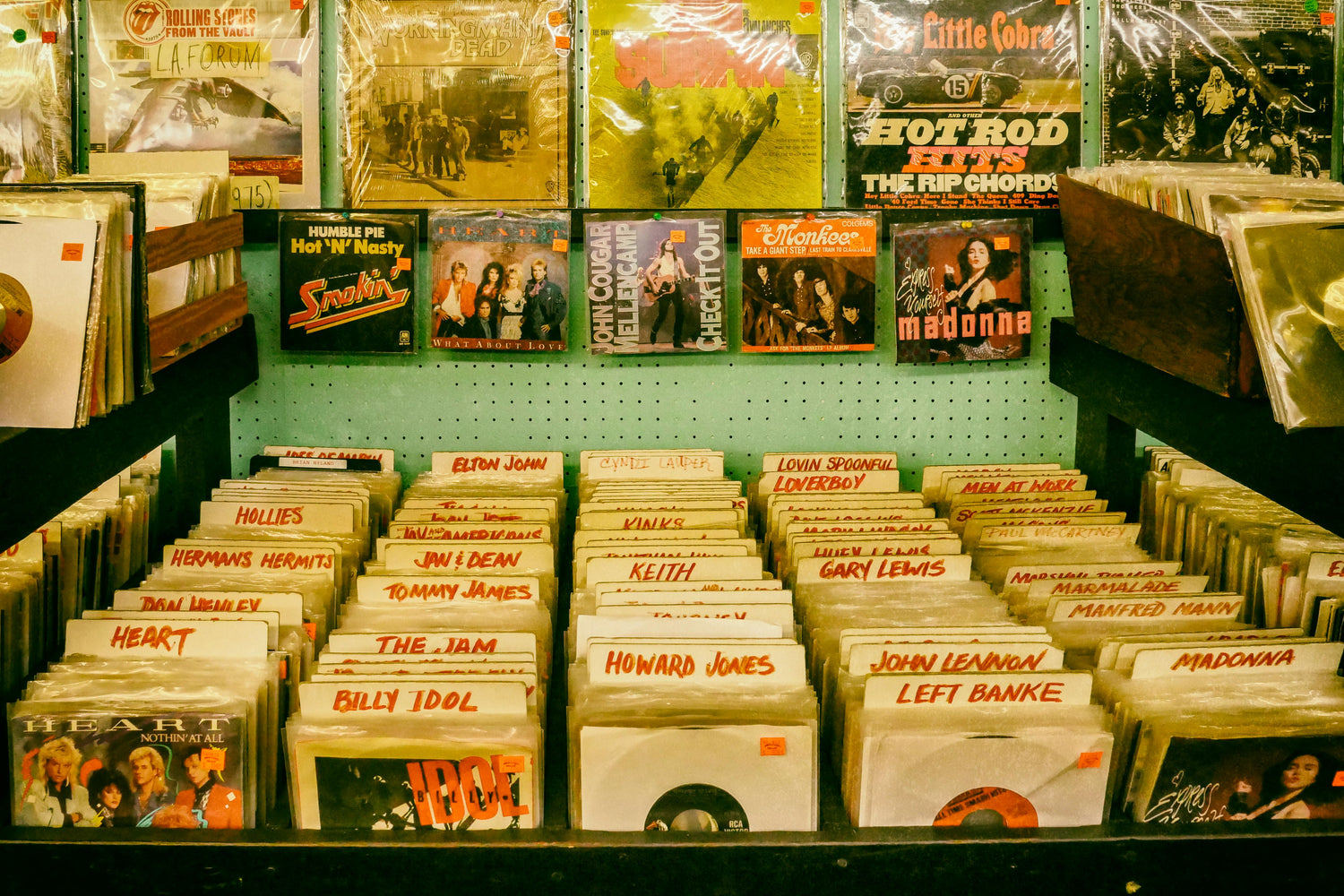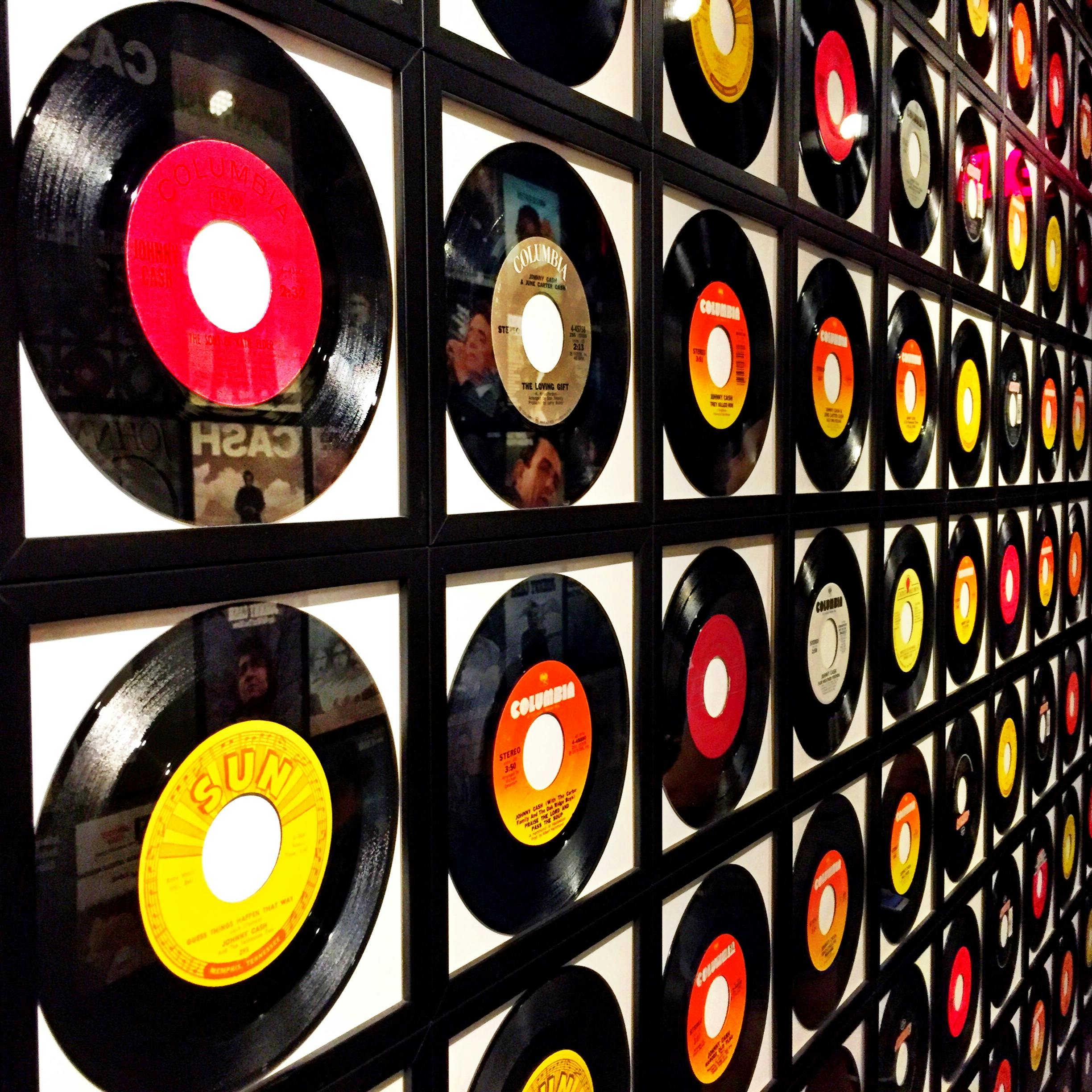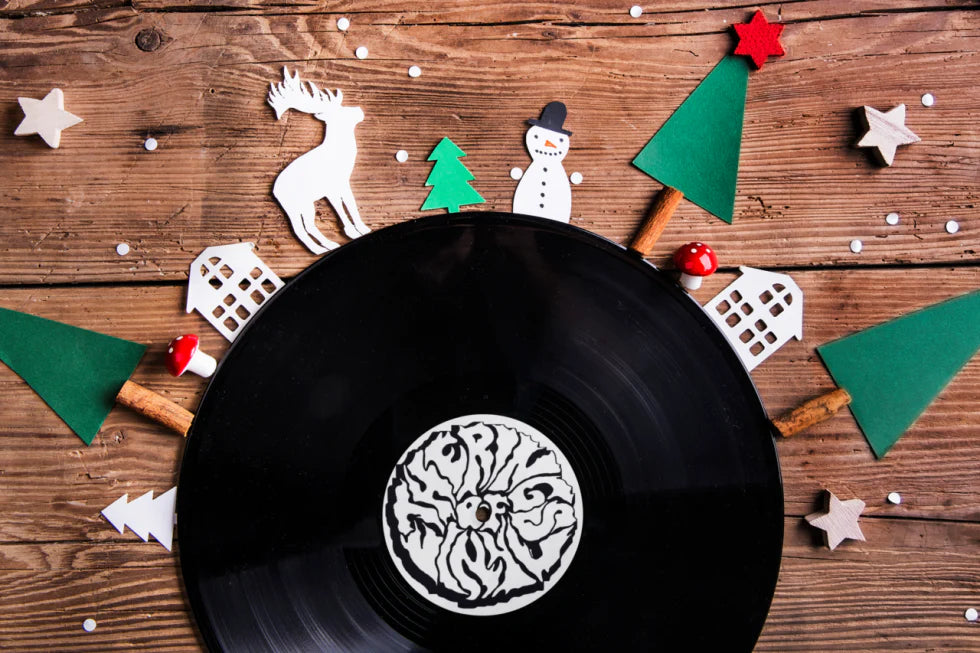So, you're drawn to the allure of vinyl. You envision yourself dropping the needle, sinking into the warm analog sound, and truly experiencing your music. But as you start your search, you encounter a fog of terminology: "turntable," "record player"... are they the same thing? Does it even matter? In the nuanced world of audio fidelity and vinyl appreciation, the distinction, while sometimes blurry in casual conversation, can be profound. It often represents two divergent philosophies, two different levels of commitment to the art of sound reproduction.
Let's cut through the confusion. Understanding the typical differences between what the enthusiast community generally calls a "turntable" versus a "record player" is crucial for anyone looking to invest in their vinyl experience, whether you're a curious newcomer or looking to upgrade.
Defining the Terms: More Than Just Semantics
While both devices play records, the modern understanding, especially within audiophile circles, draws a functional and qualitative line:
-
Record Player (Often All-In-One): This term increasingly refers to a self-contained unit. Think of the popular suitcase-style players or compact systems that include the spinning mechanism, tonearm, cartridge, phono preamplifier, amplifier, and speakers all in one box. They might also boast features like Bluetooth connectivity or USB outputs. Their primary appeal is often convenience, portability, a retro aesthetic, and a low barrier to entry price-wise.
-
Turntable (Typically a Component): This term generally signifies a dedicated component designed primarily to spin the record and allow a stylus to track its grooves with precision. It is one part of a larger hi-fi system. A turntable typically requires an external phono preamplifier (though some now include a switchable built-in one), an amplifier (or receiver), and separate speakers to produce sound. The focus here is on sound quality, build integrity, and often, upgradeability.
The core difference isn't just the name; it's the design intent and the resulting performance.
Key Distinctions: A Deeper Dive into What Matters
Let's break down the practical implications of these differing design philosophies, grounding our analysis in the first principles of audio reproduction and record care.
-
Component Quality & Build Integrity:
-
Record Players (All-In-One): To hit a low price point and include all necessary electronics and speakers, compromises are inevitable. Plinths (the base) are often lightweight plastic, tonearms can be rudimentary with limited or no adjustments, cartridges are typically inexpensive ceramic types (with conical styli), and motors may be less stable. The built-in speakers are usually small and of basic quality.
-
Turntables (Component): The budget is focused on the core task of playing records well. This means more substantial plinths designed for resonance control, better-engineered tonearms with precision bearings, higher-quality moving magnet (MM) or moving coil (MC) cartridges, and more stable motor systems. The assumption is that the user will invest in appropriate amplification and speakers separately.
-
-
Sound Quality – The Ultimate Arbiter:
-
Record Players: The sonic output is often limited by the quality of the built-in speakers and amplification. You might get sound, but it's unlikely to offer the detail, dynamic range, soundstage, or fidelity that vinyl is capable of. The internal electronics can also introduce noise.
-
Turntables: When paired with a capable phono stage, amplifier, and speakers, a good turntable can deliver a truly immersive, high-fidelity listening experience. The separation of components minimizes interference and allows each part to perform its function optimally.
-
-
Record Care & Longevity:
-
Record Players: This is a significant concern for serious collectors. Many inexpensive all-in-one players use ceramic cartridges that require a heavier tracking force (the downward pressure of the stylus on the record) than quality MM or MC cartridges. This, combined with less refined stylus profiles, can accelerate wear on your precious vinyl grooves. For a visual understanding of how stylus wear can impact records, the Canadian Audiophile offers some good insights and magnified images.
-
Turntables: Quality turntables, with their well-designed tonearms and cartridges that track at lighter forces (typically 1.5 to 2.5 grams for MM/MC vs. 4-6 grams or more for some ceramics), are far kinder to your records, preserving them for repeated enjoyment.
-
-
Upgradeability & System Evolution:
-
Record Players: These are generally closed systems. If you want better sound, you typically have to replace the entire unit. There's usually no path to upgrade the cartridge, tonearm, or internal electronics.
-
Turntables: Offer a clear upgrade path. You can start with a solid entry-level audiophile turntable and later upgrade the cartridge, phono preamplifier, platter, or even the tonearm on some models. This allows your system to grow with your passion and budget.
-
-
Features & Convenience vs. Purity:
-
Record Players: Score high on convenience. Portability, built-in speakers for instant gratification, and features like Bluetooth output are common.
-
Turntables: Prioritize sonic purity. Features are often minimalist, focusing on performance. Convenience comes from a well-thought-out component system, not from cramming everything into one box.
-
-
Cost – An Investment Spectrum:
-
Record Players: Can be found for under $50 to around $200.
-
Turntables: Entry-level audiophile turntables typically start around $300-$500 and can go up to astronomical figures. Remember, this price is for the turntable unit itself; you'll need to factor in the cost of other system components.
-
Which Path is Right for You? Aligning Choice with Intent
There's no single "correct" answer, but there's a right choice for you, based on your priorities:
-
Choose a "Record Player" (All-In-One) if:
-
You're extremely budget-conscious and just want to dip a toe into vinyl casually.
-
Portability is paramount (e.g., taking it to a friend's house).
-
The retro aesthetic or novelty is a primary driver, and sound quality is secondary.
-
You're buying for a very young enthusiast and aren't ready to invest in a component system.
-
Caveat Emptor: Be mindful of the potential for increased record wear with the cheapest models.
-
-
Choose a "Turntable" (Component) if:
-
Sound quality is a primary concern. You want to hear what your vinyl truly sounds like.
-
You are serious about collecting records and want to preserve their condition.
-
You envision building a dedicated hi-fi system over time.
-
You appreciate craftsmanship, precision engineering, and the potential for upgrades.
-
You understand that vinyl playback at its best is about a system of well-matched components.
-
The Evolving Middle Ground: Quality Plug-and-Play
It's worth noting that the market is evolving. Some manufacturers now offer "turntables" that include a good quality built-in, switchable phono preamplifier and may come pre-fitted with a decent cartridge. These units still require an external amplifier and speakers but simplify one part of the component chain, offering a convenient step towards genuine hi-fi.
The XJ-HOME Perspective: In Pursuit of Authentic Sound
At XJ-HOME, our philosophy is rooted in the belief that the joy of vinyl lies in its potential for profound sonic engagement. This requires equipment designed with an unwavering commitment to fidelity, precision, and musicality. While we appreciate the accessibility that various devices offer, our focus at https://xenonjade.com is on providing enthusiasts with turntables and audio components that serve the music authentically. This means championing designs that minimize noise and distortion, accurately retrieve the information from the groove, and convey the emotional impact of the recording – characteristics typically found in well-engineered component turntables. We believe that treating your records and your ears with respect is fundamental to the vinyl experience.
Conclusion: Invest in Your Listening Journey
Ultimately, the choice between a "record player" and a "turntable" hinges on your personal goals and how deeply you wish to explore the world of analog sound. If convenience and casual play are your aims, an all-in-one unit might suffice. But if you're drawn to the rich tapestry of sound that vinyl can offer, if you cherish your record collection, and if you seek a listening experience that truly moves you, then investing in a quality component turntable and building a system around it is undeniably the more rewarding path. It's not just about playing records; it's about unlocking the music within them. Choose wisely, and happy listening!





Leave a comment
All comments are moderated before being published.
This site is protected by hCaptcha and the hCaptcha Privacy Policy and Terms of Service apply.